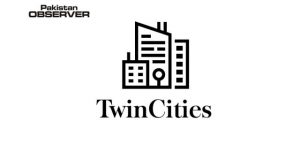The residents of slums in the federal capital particularly women and children were at a serious health risk due to poor water, sanitation and hygiene (WASH) facilities and lack of awareness for cleanliness in their dwellings.
According to the World Health Organizations (WHO), the unplanned urbanization resulting in poorly settled human settlements was creating a serious health risk due to lack of basic life amenities.
The population in urban slums, which are home to an estimated 828 million people, one third of the world urban population has observed a huge increase which is detrimental for the environment and human health.
N-HABITAT defines a slum as lacking at least one of the following: a) access to safe water, b) access to sanitation, c) safe and secure tenure, or d) durable housing structures.
Durable housing mean housing that is located away from natural or manmade hazards; is structurally safe, and protective against extreme weather. Crowding and economic deprivation further exacerbates the housing and health risks of slum dwellers.—APP









